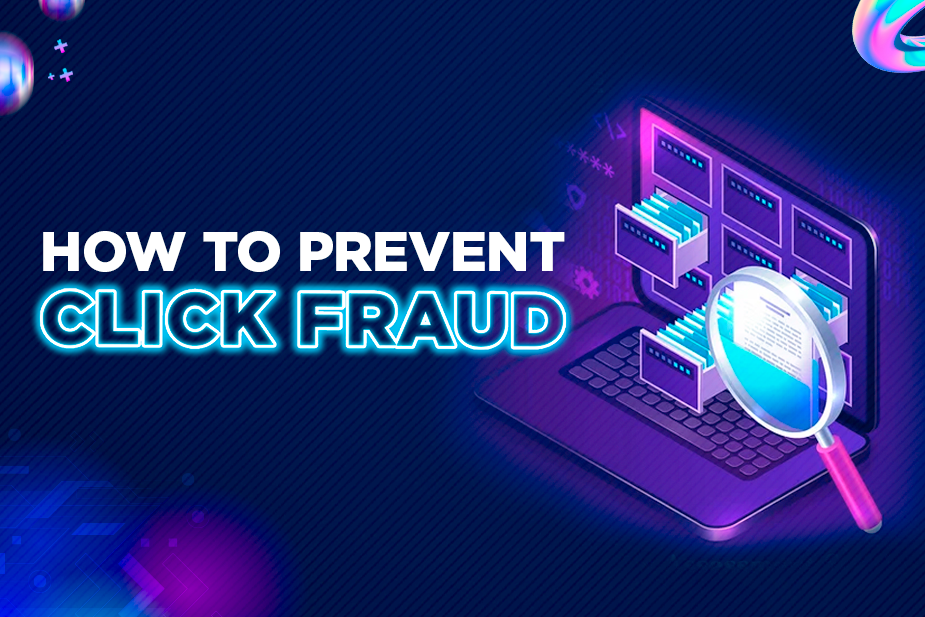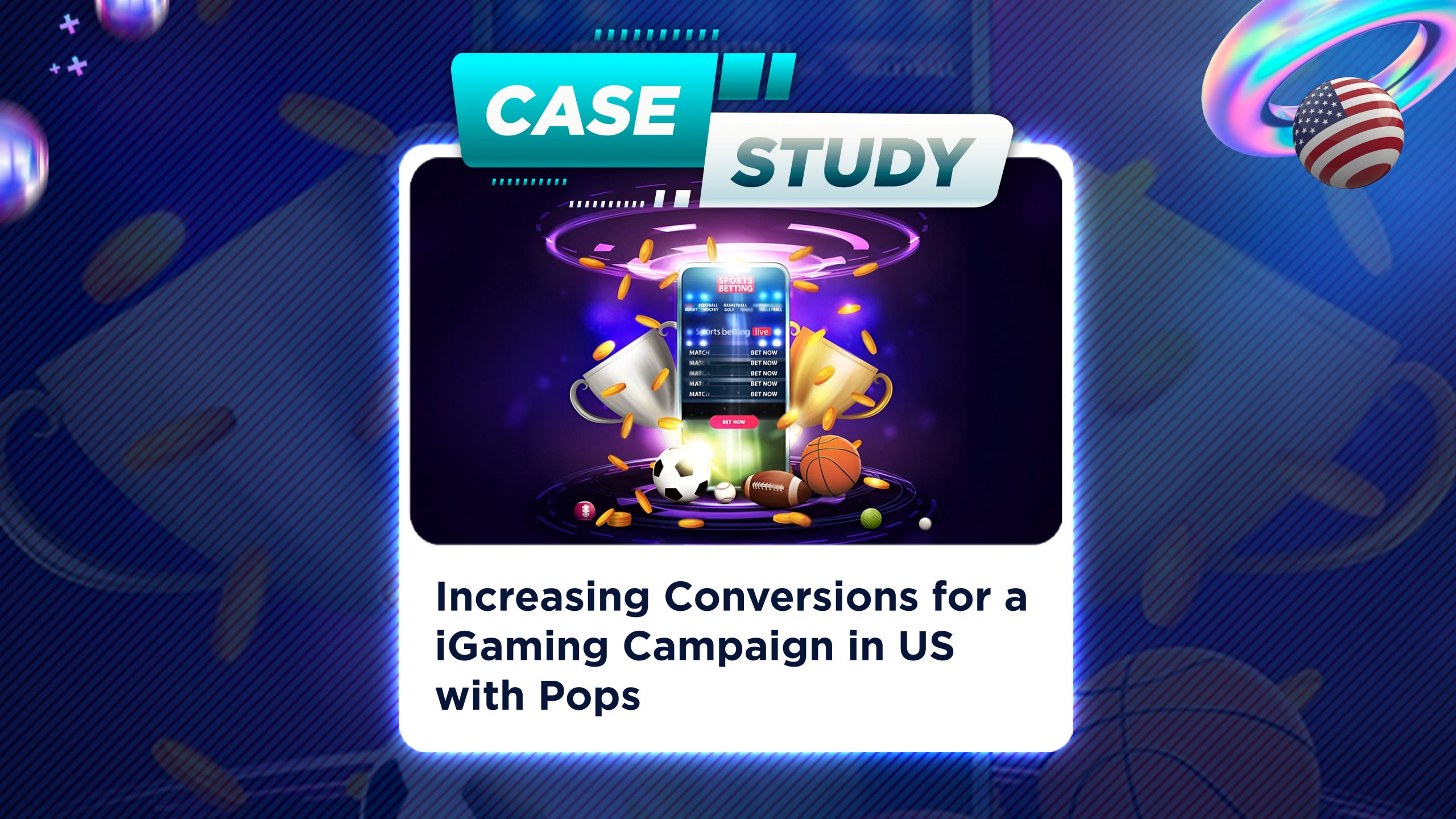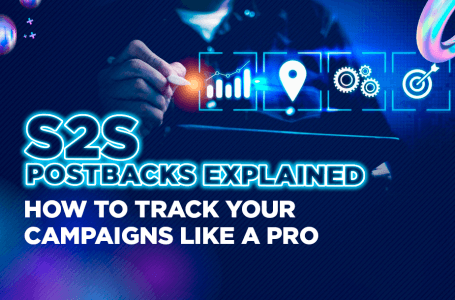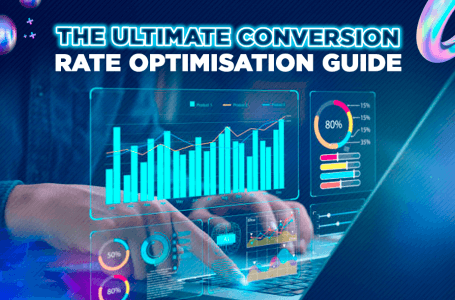
What is Click Fraud?
Ad Click fraud is a malicious practice that occurs when someone, either a competitor or an automated bot, deliberately clicks on your online advertisements with the intent of depleting your advertising budget or messing up your campaign data. This type of fraud can take many forms, from simple manual clicks to sophisticated bot networks that generate thousands of fake clicks. Understanding the nature of click fraud is the first step in protecting your ad campaigns from its terrible effects.
The primary goal of click fraud is to divert advertising funds away from their intended purpose, which is to reach genuine potential customers. Fraudsters may be motivated by a variety of reasons, such as a desire to harm a competitor’s business, generate revenue from ad networks, or simply engage in malicious activities. Regardless of the underlying motivation, click fraud can have a significant impact on the effectiveness and profitability of your advertising efforts.
It’s important to note that click fraud is not limited to a specific industry or platform; it can occur on any digital advertising channel, including search engines, social media, and display networks. Understanding the various types of click fraud and the tactics used by perpetrators can help you develop a more comprehensive strategy to safeguard your ad campaigns.
The Impact of Bot Clicks on your Ad Campaign
Click fraud can have a devastating impact on the performance and profitability of your ad campaigns. When your advertising budget is spent on fraudulent clicks, it directly reduces the resources available for reaching your target audience and generating genuine leads or sales. This can lead to a significant decrease in the return on investment (ROI).
Beyond the financial implications, click fraud can also ruin your campaign data, making it challenging to accurately measure the effectiveness of your advertising strategies. Inaccurate data can lead to poor decision-making, as you may be basing your optimization efforts on flawed metrics. This can result in wasted time, resources, and missed opportunities to improve your campaigns.
The long-term consequences of click fraud can be even more severe. Persistent fraudulent activity can impact the trust of your target audience, as they may perceive your advertising as unreliable or misleading. This can lead to a decline in brand reputation and a decrease in the overall effectiveness of your ad campaigns. Ultimately, the impact of click fraud can be far-reaching, affecting your bottom line, your customer relationships, and your ability to grow your business.
Common types of click fraud
Click fraud can take many forms, and understanding the different types of fraudulent activities can help you develop more effective countermeasures. Some of the most common types of click fraud include:
- Competitor click fraud: This occurs when a competitor, either manually or through automated means, clicks on your ads to deplete your advertising budget and divert potential customers away from your business.
- Affiliate click fraud: In this scenario, affiliates or publishers who are earning commissions from your ad campaigns may generate fake clicks to inflate their earnings, without any genuine interest in your products or services.
- Botnet click fraud: Botnets, which are networks of infected computers or devices, can be used to generate massive numbers of fraudulent clicks, often at a scale that is difficult to detect and prevent.
- Click farms: These are organized groups of individuals, sometimes located in developing countries, who are paid to manually click on ads, often in exchange for a small fee.
- Malicious ad networks: In some cases, ad networks themselves may be complicit in click fraud, either by allowing fraudulent traffic to pass through or by actively participating in the generation of fake clicks.
Understanding the various types of click fraud and the tactics used by perpetrators is crucial in developing a comprehensive strategy to protect your ad campaigns.
Signs of Click Fraud
Identifying the signs of click fraud can be challenging, as the perpetrators often employ sophisticated techniques to mask their activities. However, there are several red flags that you can watch out for to detect potential fraudulent behavior:
- Sudden spikes in click volume: Unusually high click rates, particularly from a specific geographic location or device, may indicate the presence of automated or fraudulent activity.
- Abnormal click-through rates (CTRs): If your CTRs are significantly higher than industry benchmarks or your historical performance, it could be a sign of click fraud.
- Irregular traffic patterns: Sudden changes in the time of day, device types, or referral sources of your ad clicks may suggest fraudulent activity.
- Low conversion rates: If your ad clicks are not translating into meaningful conversions, such as leads or sales, it could be an indication that the clicks are not from genuine potential customers. Please pay attention to the fact this is not always the case and the fact that you don’t have any conversions on your campaigns can have multiple reasons such as a badly functioning URL, to a deceiving landing page or just an uninteresting product for your target audience
- Repeated clicks from the same IP address or device: Frequent clicks from the same zone, especially in a short period, may be a sign of automated or fraudulent activity.
- Suspicious user behavior: If users are clicking on your ads but immediately bouncing back or not engaging with your website, it could be a sign of click fraud.
By closely monitoring your ad campaign data and being aware of these potential signs of click fraud, you can take proactive steps to identify and mitigate the impact of fraudulent activity on your advertising efforts.
How to Prevent Click Fraud
Protecting your ad campaigns from click fraud requires a multi-faceted approach. Here are some proven strategies and best practices that can help you safeguard your advertising investments:
- Implement click fraud detection tools: Utilize specialized software or services that can analyze your ad traffic and identify suspicious click patterns. These tools use advanced algorithms and machine learning to detect and block fraudulent activity in real-time.Third-party click fraud detection services: Specialized services like ClickPatrol, PPC Shield, and ClickGUARD use advanced algorithms and machine learning to identify and block fraudulent clicks in real-time.
- Monitor and analyze your campaign data: Regularly review your ad performance metrics, including click-through rates, conversion rates, and cost-per-click, to identify any anomalies or unusual trends that may indicate click fraud.
- Establish clear performance benchmarks: Set realistic and achievable goals for your ad campaigns, and use these benchmarks to identify any significant deviations that could signal the presence of fraudulent activity.
- Implement IP and device-level blocking: Identify and block IP addresses or device IDs that are consistently generating suspicious clicks, ensuring that these sources are excluded from your future ad campaigns.
- Work closely with your ad network partners: Collaborate with your ad network providers to understand their click fraud detection and prevention measures, and ensure that they are actively monitoring and addressing any fraudulent activities that may impact your campaigns.
- Educate your team: Ensure that your marketing and advertising teams are aware of the risks of click fraud and the strategies to mitigate it. Provide training on how to identify and report suspicious activity.
- Regularly review and update your click fraud prevention strategies: As click fraud tactics evolve, it’s essential to continuously review and refine your approach to ensure that your ad campaigns remain protected.
By implementing these best practices, you can significantly reduce the impact of click fraud on your advertising efforts and ensure that your marketing investments are delivering the desired results. Behavioral detection is key—to block these bots, you need to be able to analyze how they are behaving.
What to do if you receive Fraud Clicks?
- Gather evidence: Collect detailed information about the suspected fraudulent activity, including the date and time of the clicks, the source of the traffic (e.g., IP address, device, referrer), and any other relevant data that can support your claim.
- Follow the ad network’s reporting process: Each ad network or platform may have its own specific process for reporting click fraud. Familiarize yourself with their reporting guidelines and requirements, such as the type of information they need and the channels they prefer for submission.
- Provide clear and comprehensive documentation: When submitting your click fraud report, ensure that you include all the relevant data and evidence you have gathered. This will help the ad network’s investigation team understand the scope and severity of the issue.
- Be persistent and follow up: Click fraud investigations can be complex and time-consuming. Follow up with the ad network regularly to check on the status of your report and provide any additional information they may require.
- Leverage your ad network account manager: If you have a dedicated account manager or representative at the ad network, reach out to them directly to discuss the click fraud incident and request their assistance in resolving the issue.
- Escalate the issue if necessary: If the ad network is not responsive or you feel that they are not taking appropriate action, consider escalating the issue to higher-level representatives or exploring other channels, such as industry associations or regulatory bodies.
When you identify potential click fraud incidents in your ad campaigns, it’s crucial to report them to the relevant ad networks or platforms. By alerting them to the fraudulent activity, you can increase the chances of the issue being addressed and potentially recover any lost advertising funds.
How Traffic Nomads Prevents Click Fraud?
Fraud clicks can ruin traffic quality. At Traffic Nomads, we prioritize delivering top-tier traffic through comprehensive ad safety and cutting-edge security protocols.
Traffic Nomads offers an array of advanced security measures:
- Real-time detection and prevention of fraudulent ads on any device and operating system.
- Continuous checks for newly integrated publishers.
- Blocking of publishers when ad fraud is detected.
Conclusion
Safeguarding your ad campaigns from click fraud is essential for ensuring the effectiveness and profitability of your ad campaigns. By implementing a strategy that combines proactive detection, prevention, and monitoring, you can minimize the impact of fraudulent activities and maximize the return of investment (ROI).

































